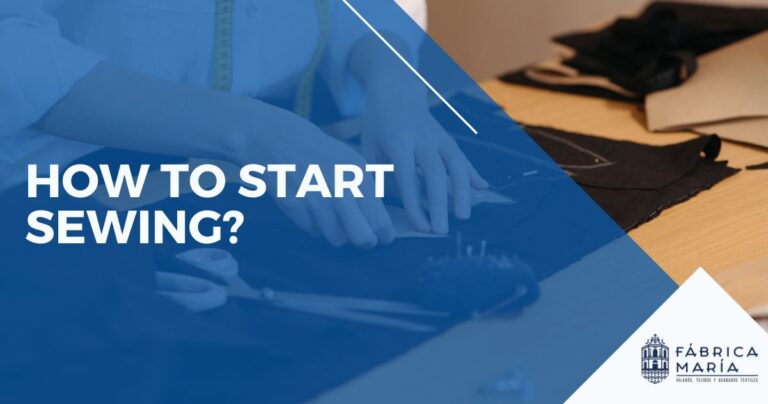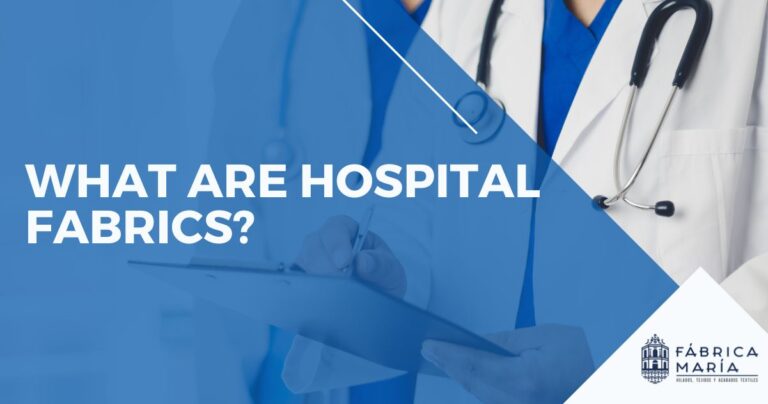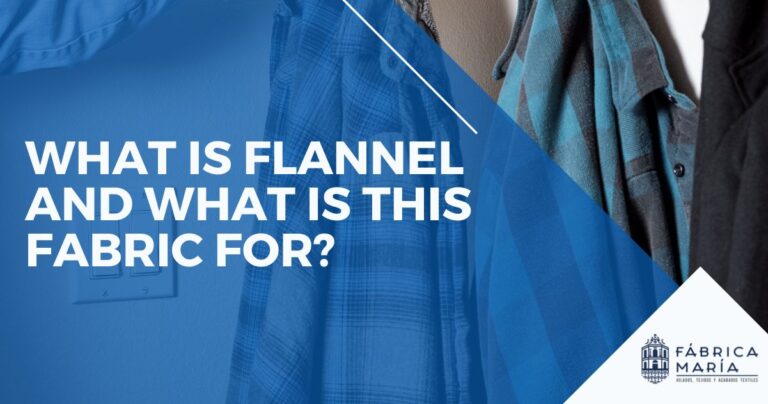What are hospital fabrics?
Share in:

Content
Hospital fabrics or medical textiles, with textile structures designed for use in different health sectors, are an area of great growth within the field of technical textiles; technical textiles represent an increasing portion of the textile market.
The importance of using these fabrics
Hospital fabrics are important for preventing infections and controls, providing us with cost-effective ways to protect medical personnel and their patients from viruses, bacteria and other microorganisms.
It is extremely essential that protective clothing such as surgical masks, caps, gowns and other hospital clothing meet the demands of antimicrobial protection. Controlling the undesirable effects of micro-organisms on textiles is becoming a major issue within the medical textile industry.
Properties of hospital fabrics
Textiles are made of basic fiber elements, but to develop medical textiles, materials other than textiles must be included. There are a variety of structures that are often used in technical end uses, for example, laminated fabrics can be manufactured by joining fabrics with a polymer foam using an adhesive, controlling the pore size in microporous films, a waterproof fabric can be obtained.
APPLICATIONS
Disposable hygiene textiles
Most hygiene products are disposable or single-use, commonly diapers, sanitary napkins, tampons and wet towels.
These uses require materials to be:
-
Absorbent
-
Comfortable for the skin
-
Low cost
As a result, most of these products are made of non-woven fabrics, which have a highly porous structure and which are economical to produce.
Hospital fabrics for health care
The dangers that commonly occur in medical facilities for both patients and doctors and nurses are:
-
Microorganisms that cause diseases
-
Fire, causing loss of health and lives
-
Electrostatic charge, which is usually a nuisance mainly for patients
Textiles for the control of infections
In recent years, awareness of infectious diseases such as SARS, avian influenza, H1N1 and tuberculosis has increased. There may be more serious problems in health centers, where there is a population of patients with infectious diseases or with a compromised state of health. Infection acquired in health centres is a growing problem.
However, these infections can be largely prevented, taking into account appropriate hygiene and infection control measures, including the use of protective textiles against pathogens. They are used in covers, surgical gowns, cloths and mats, depending on their operation, can be classified into physical barriers or textiles treated with biocides.
Antimicrobial textiles
Inhibiting the growth of microorganisms is important for many medical or sanitary textiles, especially those that will be reusable because textiles can form a microclimate suitable for the growth of bacteria and fungi.
These contaminated textiles, if not handled properly, can become a threat to the health of the textile user or those around him.
As a solution to secondary infection threats, antimicrobial finishes are applied to textiles, and finishes are expected to be durable to withstand various maintenance procedures, including washing, drying and ironing. Finishes should not adversely affect the quality and comfort properties of final products.
For the care of wounds
Although different types of wound care products are used for different wounds to facilitate the healing process, they must meet a number of general expectations, including the ability to:
-
Prevent and/or control infection in the wound.
-
Provide an adequate degree of moisture in the wound environment to support complex wound healing processes.
-
Comfort and protection of the wound.
-
Absorb secretions
-
Speed up the healing of wounds
Benefits of hospital fabrics
The versatility of fibers and textiles, with adjustable properties, makes them an ideal material for applications around the body. Textile products have many unique features with excellent qualities. Some parameters that can be designed to suit medical applications are:
-
Fiber diameter, thread thickness and density
-
Two-dimensional or three-dimensional textile structure
-
Physical and chemical modification for desired functionality
Some advantages of medical textiles are:
-
Prevent infections
-
Disposable or reusable material
-
Compatible with various sterilization techniques
-
Protects users from static electricity
-
Flexible and comfortable




